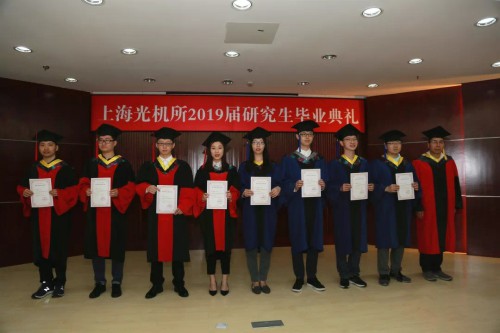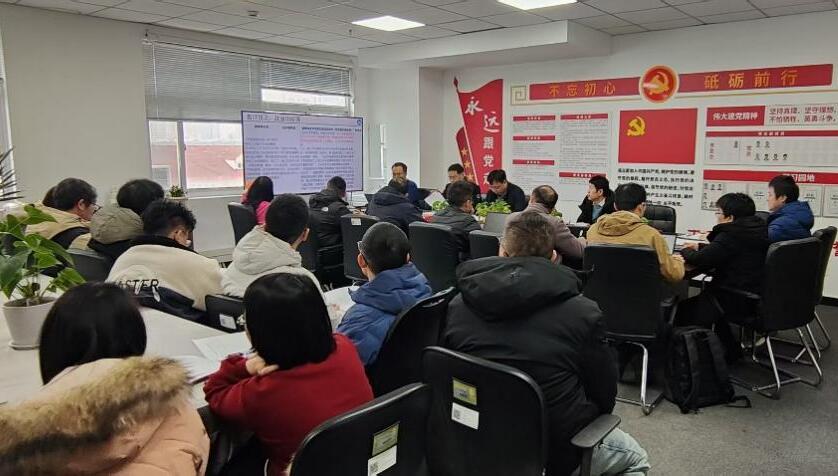题目1:Effects of preplasma on hot electron coupling and propagation in fast ignition relevant targets
姓名:F. N. Beg
单位:Department of Mechanical & Aerospace Engineering, University of California, San Diego, USA
题目2:Ultra-intense laser interactions with matter--ions for medicine,and new research opportunities with x-ray FELs
姓名:Thomas E. Cowan
单位:Helmholtz-Zentrum Dresden-Rossendorf (HZDR), Germany
时间:2012年10月15号(周一)上午9:00
地点:7号楼3楼会议室
报告1
Effects of preplasma on hot electron coupling and propagation in fast ignition relevant targets
F. N. Beg
Department of Mechanical & Aerospace Engineering, University of California, San Diego, USA
The reentrant cone approach to Fast Ignition remains one of the most attractive because of the potential to efficiently collect and guide the laser light into the cone tip and direct energetic electrons into the high density core of the fuel. However, in the presence of a preformed plasma, the laser energy is largely absorbed before it can reach the cone tip. A few of the imperative issues facing Fast Ignition, then, are the conversion efficiency with which the laser light is converted to hot electrons, the subsequent transport characteristics of those electrons, and requirements for maximum allowable prepulse this may put on the laser system.
We report results from a series of experiments carried out on the Titan Laser at LLNL (150 J, 0.7 ps, 2x1020 W/cm2) and OMEGA EP laser (1 kJ, 10 ps, 2x1018 Wcm-2) with various levels of prepulse. The targets were 30° opening angle Au cones with a 20 mm thick wall, 10 mm thick tip, and 30 mm inner diameter, with a 40 mm-diameter, 1 mm long Cu wire attached at the cone tip. The Cu wire served as a Ka fluorescence diagnostic to measure forward-propagating electrons out of the cone tip. A highly oriented pyrolitic graphite (HOPG) spectrometer provided absolute Ka yields and a spherical Bragg reflecting crystal recorded the spatial pattern of Ka emission. A significant reduction in coupling of laser energy to the wire was observed with a reduction of a factor of 8 was when prepulse was increased from 8 mJ to 1000 mJ on Titan laser. The 3D hybrid transport code Zuma has been used to infer the initial electron distribution (Thot and conversion efficiency into hot electrons) and the rad-hydro code, HYDRA, was used to model the evolution of the plasma in the cone. Results will also be presented from work using a PIC-Hybrid code to model the full-scale laser interaction, electron generation, and transport in a cone wire target.
报告2
Ultra-intense laser interactions with matter -- ions for medicine,
and new research opportunities with x-ray FELs
Thomas E. Cowan
Helmholtz-Zentrum Dresden-Rossendorf (HZDR)
Technische Universität Dresden (TU Dresden)
The interaction of ultra-intense laser pulses with solid-density matter produces a fully relativistic plasma response, and creates extreme conditions of energy density, currents, and field strengths. Among the many intriguing phemena is the acceleration of intense, ultra-low emittance, multi-MeV ion beams. These in turn suggest many possible applications in both fundamental and applied research, including the possibility of compact ion accelerators in medicine. A particular emphasis at the Helmholtz-Zentrum Dresden-Rossendorf (HZDR) and the Medical Faculty of the TU Dresden is the application of laser-accelerated proton beams to help advance the development of Ion Beam Therapy in Radiation Oncology. Recent progress will be discussed, which demonstrates the feasibility of future medical applications, if the proton energy can be increased to therapeutically-relevant energies (e.g., 230 MeV). Scaling up of the laser-accelerated proton energies is the key challenge for laser-plasma physics, and requires advances in both lasers and the exploration of novel micro-structured targets.
Improving our fundamental understanding of ultra-intense laser-solid interaction physics is an essential requirement for such future applications. This will be pursued within a new initiative to establish a high-power laser and pulsed magnet end-station at the European XFEL. The so-called “Helmholtz-Beamline at the European XFEL” [1] will include high rep-rate PW-class laser pulses (1 PW at 1 Hz; 200 TW at 10 Hz) and shaped ns-duration pulses (100 J at 1 Hz and kJ-class for “shot-on-demand”), together with 50 T pulsed high-field magnets. This combination of ultra-intense lasers, high-energy lasers, and high-field magnets with an ultra-high brilliance x-ray source will be unique world-wide. It will extend the scope of research that can be carried out at the European XFEL beyond the baseline Instruments, especially in the areas of strong-field physics, high energy density science, relativistic laser-plasmas, high-pressure and planetary-physics, dynamic materials research, and research on magnetic phenomena in condensed matter. A broad User Consortium, numbering several hundred researchers from over 60 institutions in 15 countries, has received approval from the European XFEL to collaborate on the development of instrumentation for this facility. The present status of this project, conceptual design, and ideas for first experiments, shall be presented.
[1] See www.hzdr.de/hgfbeamline


































































